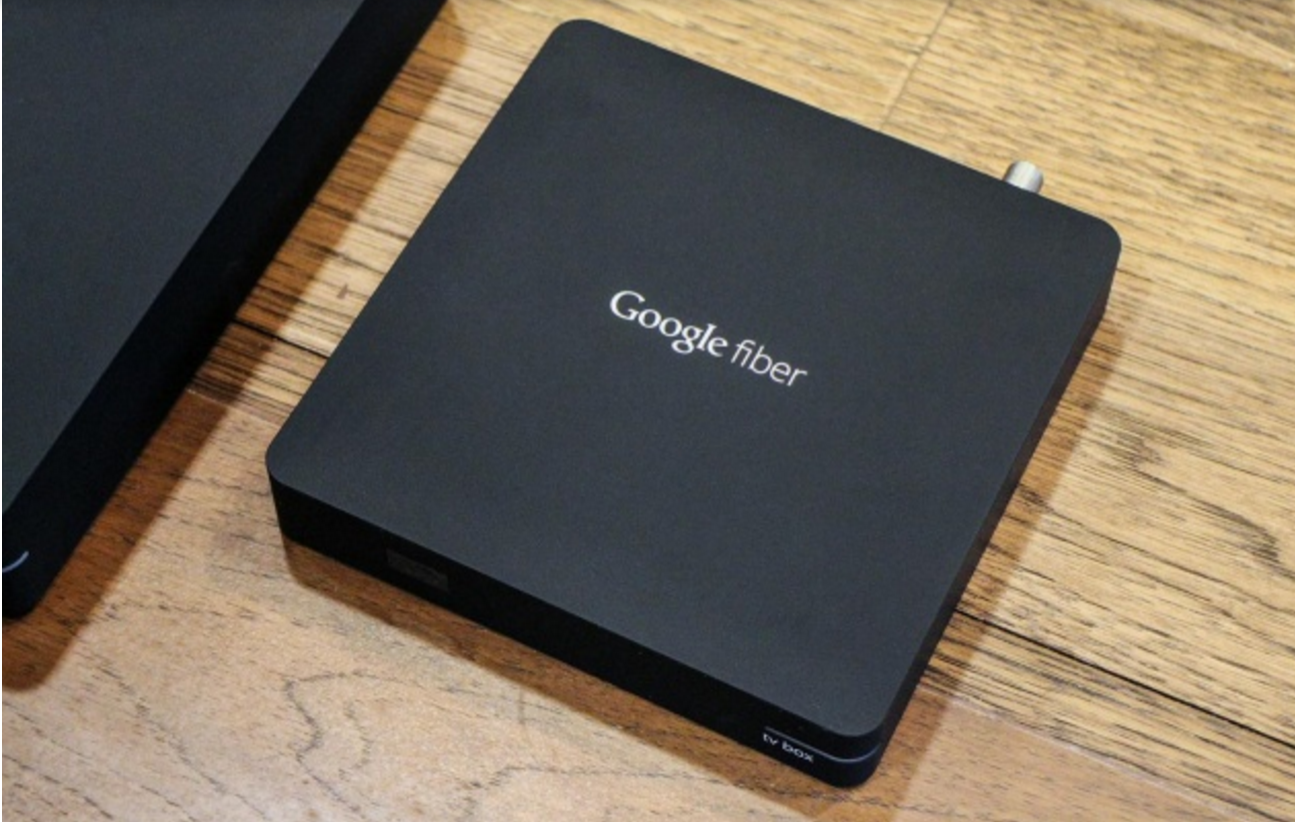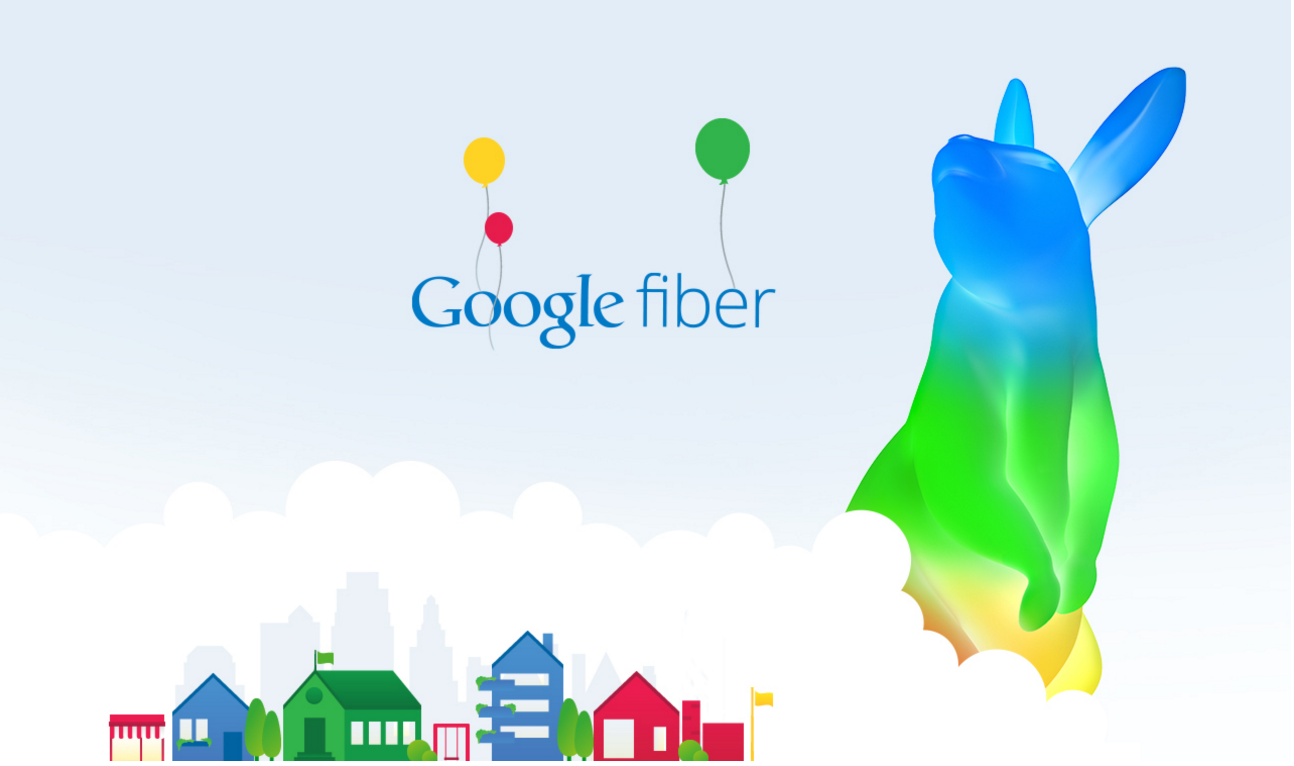Guest post by WUN Systems
In 2011, Google decided that it wanted to expand its ever growing technology empire by becoming a nation-wide telecom provider. As with other Google products, with Google Fiber, Google set out to disrupt the market by providing extremely reliable, lightning-fast Internet & television services at prices 80% to 90% below current market providers such as AT&T, Verizon, Level3, Cogent, etc.
Google chose Kansas City as the first city to receive Google Fiber. Their pricing model is extremely simple: they offer one plan. For $100 a month you can get up to 1 Gigabit of bandwidth, no contract or signup fees required.
Just to put it into perspective, Google Fiber will now provide over 7,000 Starbucks locations with internet that’s about 100 times faster than that which AT&T used to offer.
In order to be able to provide the fastest Internet, Google is experimenting with new technologies that aim to address the “last mile” issue that plagues many internet carriers.
The “last mile” is the common term used to describe the portion of the telecommunications network that physically reaches the end-user’s (consumer’s) premises. Google’s efforts are seeking for a way in which to solve this problem in a cost-effective manner, as carriers have been forced to perform costly constructions in order to connect to an end-user’s physical premise.
Google ’s new and experimental wireless technology is likely to successfully address the last-mile costly dilemma; allowing Google’s internet to reach thousands of end-users in a cost-effective manner. Thus, Google’s new venture will ultimately allow Google Fiber
’s new and experimental wireless technology is likely to successfully address the last-mile costly dilemma; allowing Google’s internet to reach thousands of end-users in a cost-effective manner. Thus, Google’s new venture will ultimately allow Google Fiber
to go head-to-head with big names like AT&T, Verizon, Time Warner, Comast, etc.
Dale Hersowitz from WUN Systems feels that, “it’s critical to use a flexible technology platform that allows workspace operators to take advantage of new technologies in the market. These types of platforms allow operators to not be tied up exclusively to one telecommunications provider, allowing them to better adapt to disruptive changes (like Google Fiber), as they can easily maintain control through a single-source platform.”
Craig Barratt, Access CEO who also runs Fiber, said in an interview with Re/code that “We’re trying to figure out how to remove barriers that prevent more consumer choice.”
Google’s intervention poses a mixed outcome for the industry. For operators, it presents additional choice (always a good thing) and potentially more cost-effective telecoms solutions, providing a better quality and cheaper product for their clients. But for those who are already tied into contracts with alternative telecoms providers, where does it leave them?
Prospective clients who want to use Google’s new services may not be willing to move into a location that doesn’t offer it. These days, fast, reliable wireless Internet access is a top priority for workspace clients. Therefore operators must choose their IT partner carefully, as working with the one that knows the market well enough to adapt to new opportunities such as this will help ensure their workspace stays a cut above their competitors.


 Dr. Gleb Tsipursky – The Office Whisperer
Dr. Gleb Tsipursky – The Office Whisperer Nirit Cohen – WorkFutures
Nirit Cohen – WorkFutures Angela Howard – Culture Expert
Angela Howard – Culture Expert Drew Jones – Design & Innovation
Drew Jones – Design & Innovation Jonathan Price – CRE & Flex Expert
Jonathan Price – CRE & Flex Expert












